River Dee
River Dee is in Irish Sea.
The River Dee rises at Lake Bala [Map] from where it flows under Pont Fawr, Denbighshire [Map], past Crogen, Denbighshire [Map], Cynwyd, Denbighshire [Map], Corwen, Denbighshire [Map], Carrog, Denbighshire [Map], Llangollen [Map], under the Pontcysyllte Aqueduct [Map], under Overton Bridge [Map], and Bangor-on-Dee Bridge [Map], past Holt Castle [Map] to Chester [Map] after which it flows past Queensferry, Flintshire [Map] and Flint Castle [Map] before joining the Irish Sea.
1036. The earliest reports of a bridge over the River Dee at or near Bangor-on-Dee Bridge [Map] in historical maps date to 1036.
1292. The earliest mention of a medieval wooden bridge at Bangor-on-Dee Bridge [Map] was recorded in 1292.
1500. The current bridge at Bangor-on-Dee Bridge [Map] is of medieval late 15th or early 16th century origins. the current structure mainly dates to the 17th century, with a notable restoration in 1658, by Inigo Jones.
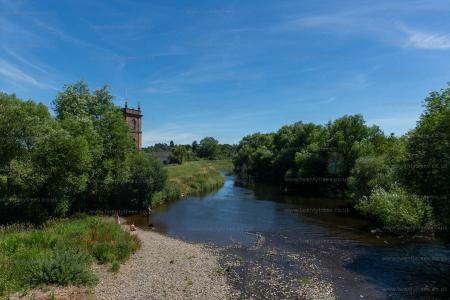
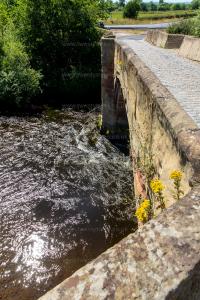
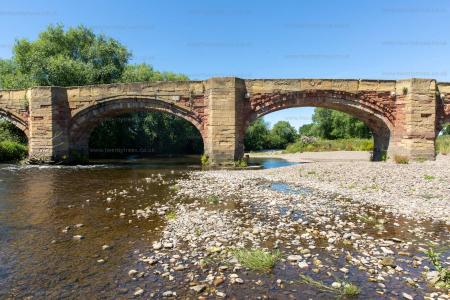
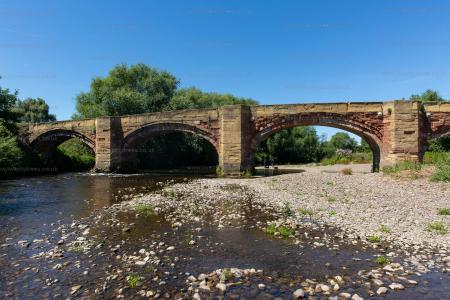
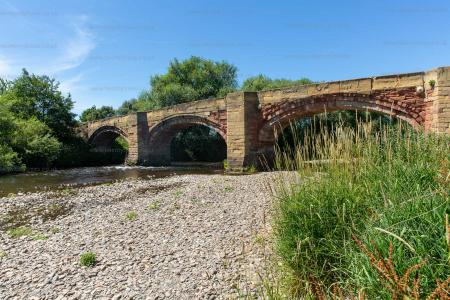
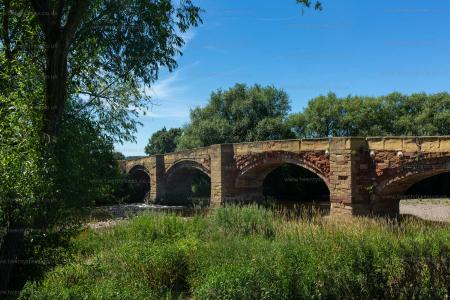
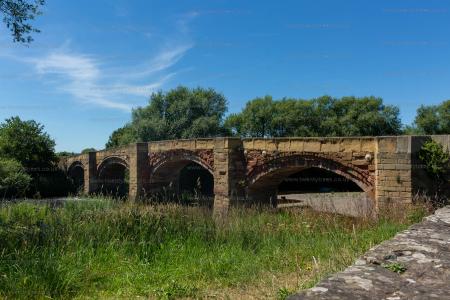
Flint Castle [Map] is located on the River Dee where the river is crossed by a ford. Building work began in 1277 initially under Richard L'engenour. The castle, like a number of Edward I's castles in Wales, was designed to be supplied by water.
The castle design is unusual insofar as its largest tower is separated from the inner bailey by a tidal moat crossed by a drawbridge. The Great Tower has stone walls seven metres thick at the base and five metres above. A timber gallery was built on top of the keep for the visit of Edward, Prince of Wales, in 1301. On the ground floor is a vaulted passage that runs all the way around the inside of the keep.
In addition to the castle Edward I commissioned the building of a town protected by a wall. The present layout of Flint is consistent with its design.
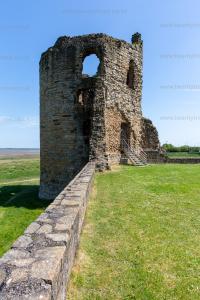
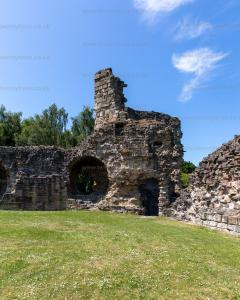
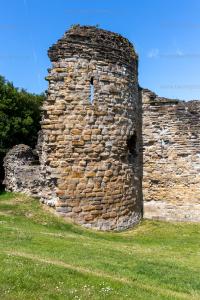
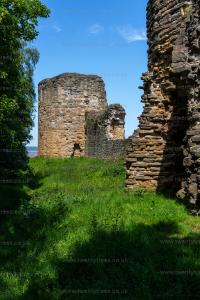
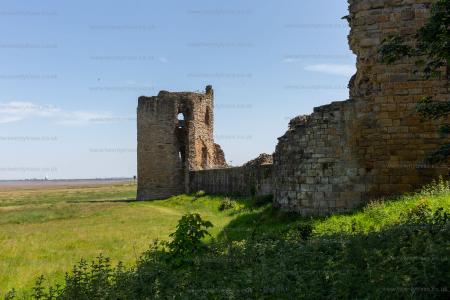
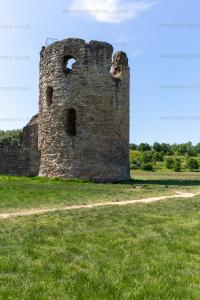
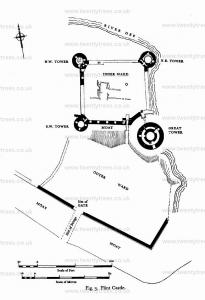
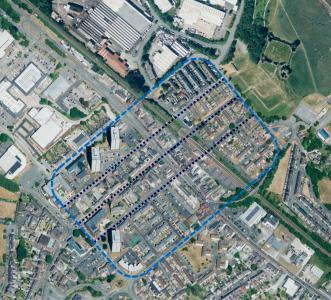
The Pontcysyllte Aqueduct [Map] carries the Llangollen Canal across the River Dee. The 18-arched stone and cast iron structure is for use by narrowboats and was completed in 1805 having taken ten years to design and build. It is 12 feet (3.7 metres) wide and is the longest aqueduct in Great Britain as well as the highest canal aqueduct in the world.